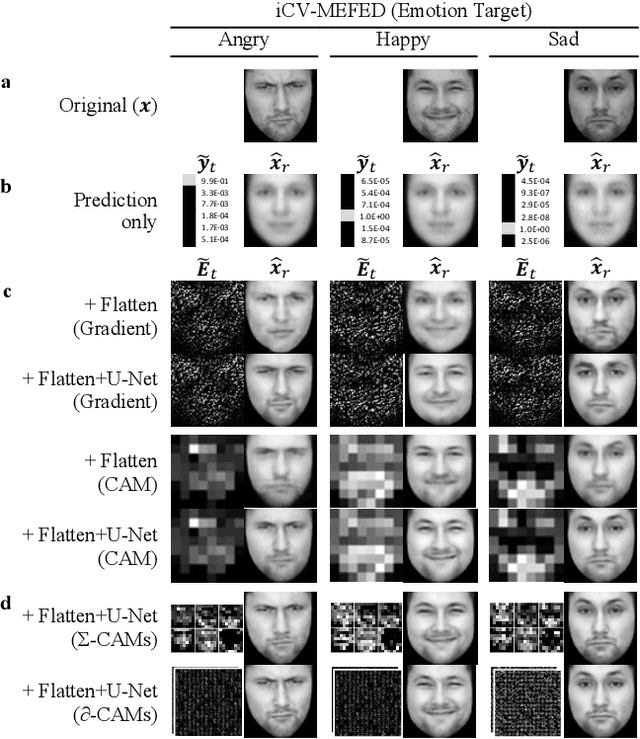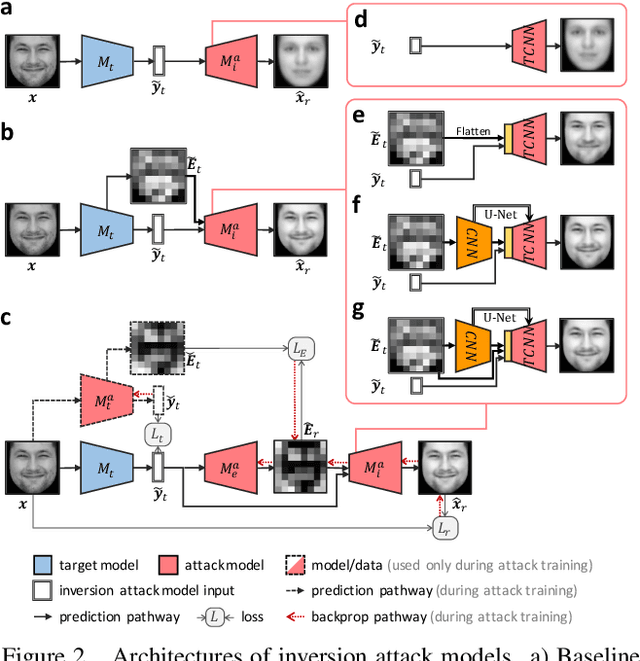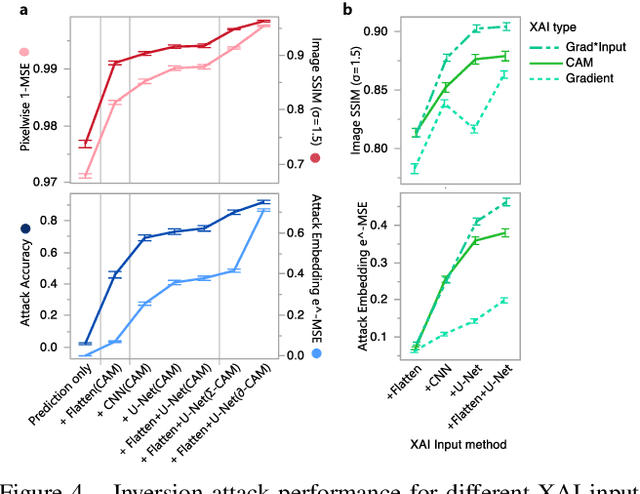Wencan Zhang
i-Rebalance: Personalized Vehicle Repositioning for Supply Demand Balance
Jan 09, 2024



Abstract:Ride-hailing platforms have been facing the challenge of balancing demand and supply. Existing vehicle reposition techniques often treat drivers as homogeneous agents and relocate them deterministically, assuming compliance with the reposition. In this paper, we consider a more realistic and driver-centric scenario where drivers have unique cruising preferences and can decide whether to take the recommendation or not on their own. We propose i-Rebalance, a personalized vehicle reposition technique with deep reinforcement learning (DRL). i-Rebalance estimates drivers' decisions on accepting reposition recommendations through an on-field user study involving 99 real drivers. To optimize supply-demand balance and enhance preference satisfaction simultaneously, i-Rebalance has a sequential reposition strategy with dual DRL agents: Grid Agent to determine the reposition order of idle vehicles, and Vehicle Agent to provide personalized recommendations to each vehicle in the pre-defined order. This sequential learning strategy facilitates more effective policy training within a smaller action space compared to traditional joint-action methods. Evaluation of real-world trajectory data shows that i-Rebalance improves driver acceptance rate by 38.07% and total driver income by 9.97%.
Debiased-CAM to mitigate systematic error with faithful visual explanations of machine learning
Jan 30, 2022Abstract:Model explanations such as saliency maps can improve user trust in AI by highlighting important features for a prediction. However, these become distorted and misleading when explaining predictions of images that are subject to systematic error (bias). Furthermore, the distortions persist despite model fine-tuning on images biased by different factors (blur, color temperature, day/night). We present Debiased-CAM to recover explanation faithfulness across various bias types and levels by training a multi-input, multi-task model with auxiliary tasks for explanation and bias level predictions. In simulation studies, the approach not only enhanced prediction accuracy, but also generated highly faithful explanations about these predictions as if the images were unbiased. In user studies, debiased explanations improved user task performance, perceived truthfulness and perceived helpfulness. Debiased training can provide a versatile platform for robust performance and explanation faithfulness for a wide range of applications with data biases.
Towards Relatable Explainable AI with the Perceptual Process
Dec 28, 2021



Abstract:Machine learning models need to provide contrastive explanations, since people often seek to understand why a puzzling prediction occurred instead of some expected outcome. Current contrastive explanations are rudimentary comparisons between examples or raw features, which remain difficult to interpret, since they lack semantic meaning. We argue that explanations must be more relatable to other concepts, hypotheticals, and associations. Inspired by the perceptual process from cognitive psychology, we propose the XAI Perceptual Processing Framework and RexNet model for relatable explainable AI with Contrastive Saliency, Counterfactual Synthetic, and Contrastive Cues explanations. We investigated the application of vocal emotion recognition, and implemented a modular multi-task deep neural network to predict and explain emotions from speech. From think-aloud and controlled studies, we found that counterfactual explanations were useful and further enhanced with semantic cues, but not saliency explanations. This work provides insights into providing and evaluating relatable contrastive explainable AI for perception applications.
Exploiting Explanations for Model Inversion Attacks
Apr 26, 2021



Abstract:The successful deployment of artificial intelligence (AI) in many domains from healthcare to hiring requires their responsible use, particularly in model explanations and privacy. Explainable artificial intelligence (XAI) provides more information to help users to understand model decisions, yet this additional knowledge exposes additional risks for privacy attacks. Hence, providing explanation harms privacy. We study this risk for image-based model inversion attacks and identified several attack architectures with increasing performance to reconstruct private image data from model explanations. We have developed several multi-modal transposed CNN architectures that achieve significantly higher inversion performance than using the target model prediction only. These XAI-aware inversion models were designed to exploit the spatial knowledge in image explanations. To understand which explanations have higher privacy risk, we analyzed how various explanation types and factors influence inversion performance. In spite of some models not providing explanations, we further demonstrate increased inversion performance even for non-explainable target models by exploiting explanations of surrogate models through attention transfer. This method first inverts an explanation from the target prediction, then reconstructs the target image. These threats highlight the urgent and significant privacy risks of explanations and calls attention for new privacy preservation techniques that balance the dual-requirement for AI explainability and privacy.
Show or Suppress? Managing Input Uncertainty in Machine Learning Model Explanations
Jan 23, 2021



Abstract:Feature attribution is widely used in interpretable machine learning to explain how influential each measured input feature value is for an output inference. However, measurements can be uncertain, and it is unclear how the awareness of input uncertainty can affect the trust in explanations. We propose and study two approaches to help users to manage their perception of uncertainty in a model explanation: 1) transparently show uncertainty in feature attributions to allow users to reflect on, and 2) suppress attribution to features with uncertain measurements and shift attribution to other features by regularizing with an uncertainty penalty. Through simulation experiments, qualitative interviews, and quantitative user evaluations, we identified the benefits of moderately suppressing attribution uncertainty, and concerns regarding showing attribution uncertainty. This work adds to the understanding of handling and communicating uncertainty for model interpretability.
Debiased-CAM for bias-agnostic faithful visual explanations of deep convolutional networks
Dec 10, 2020



Abstract:Class activation maps (CAMs) explain convolutional neural network predictions by identifying salient pixels, but they become misaligned and misleading when explaining predictions on images under bias, such as images blurred accidentally or deliberately for privacy protection, or images with improper white balance. Despite model fine-tuning to improve prediction performance on these biased images, we demonstrate that CAM explanations become more deviated and unfaithful with increased image bias. We present Debiased-CAM to recover explanation faithfulness across various bias types and levels by training a multi-input, multi-task model with auxiliary tasks for CAM and bias level predictions. With CAM as a prediction task, explanations are made tunable by retraining the main model layers and made faithful by self-supervised learning from CAMs of unbiased images. The model provides representative, bias-agnostic CAM explanations about the predictions on biased images as if generated from their unbiased form. In four simulation studies with different biases and prediction tasks, Debiased-CAM improved both CAM faithfulness and task performance. We further conducted two controlled user studies to validate its truthfulness and helpfulness, respectively. Quantitative and qualitative analyses of participant responses confirmed Debiased-CAM as more truthful and helpful. Debiased-CAM thus provides a basis to generate more faithful and relevant explanations for a wide range of real-world applications with various sources of bias.
 Add to Chrome
Add to Chrome Add to Firefox
Add to Firefox Add to Edge
Add to Edge